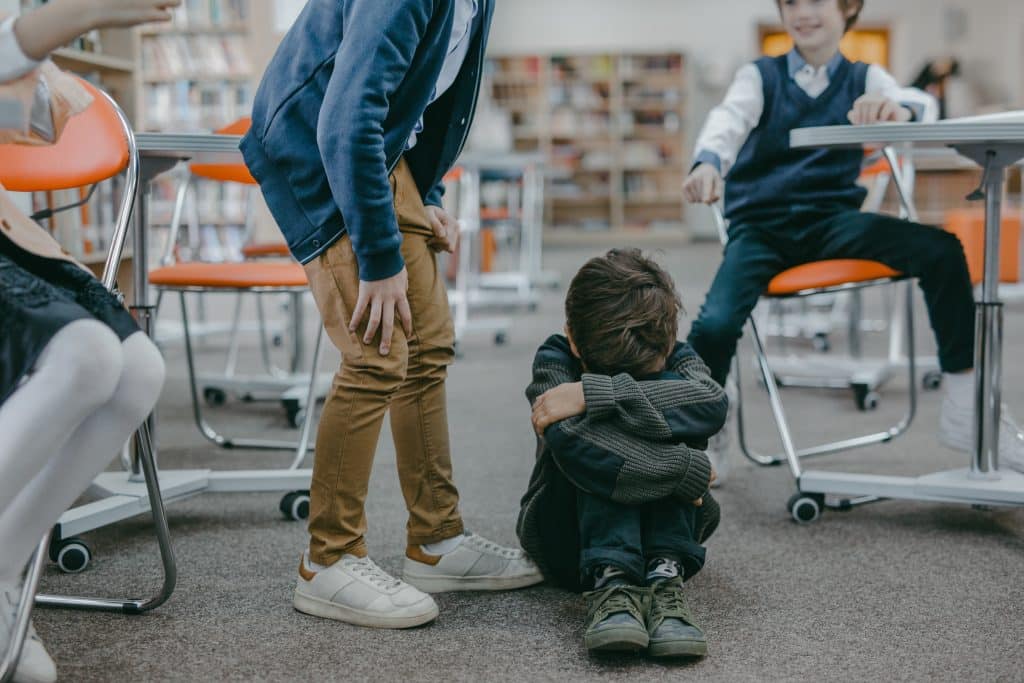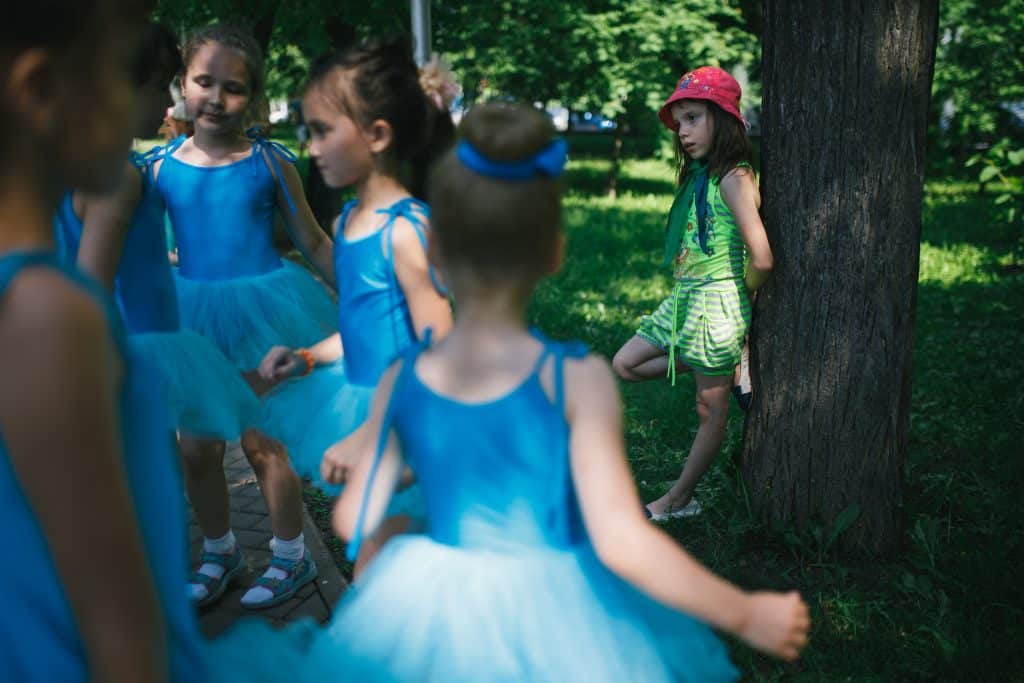As a licensed practitioner who works with kids, I’ve seen firsthand how social exclusion can impact a child’s life. Social exclusion is a term that describes social disadvantage and lack of resources, opportunity, participation, and skills. It can also refer to being prevented from contributing to and benefiting from economic and social progress. Can’t you picture a child being left out on the playground, watching other kids laughing and playing together while they sit alone on the sidelines? It’s heartbreaking, but it’s a reality for many children, especially those with special needs or neurodivergent traits.
Table of Contents
Read more: Tips to Raising an Autistic Child
The Impact of Social Exclusion on Kids
Social exclusion can have far-reaching effects on a child’s development and well-being. When kids are consistently left out or bullied by their peers, it can lead to feelings of loneliness, low self-esteem, and even depression. A 2018 study published in the Journal of Youth and Adolescence found that social exclusion in childhood is associated with increased risk of depression and anxiety in adulthood.
Moreover, social exclusion can impact a child’s academic performance and future success. Kids who feel isolated and disconnected from their peers are less likely to engage in classroom activities and may struggle to keep up with their studies. Over time, this can lead to a widening achievement gap and fewer opportunities later in life.

Autism and Social Exclusion
For kids on the autism spectrum, social exclusion is an all-too-common experience. Autistic children may struggle with social communication and interaction, making it difficult for them to form friendships and fit in with their neurotypical peers. They may also engage in repetitive behaviors or have intense interests that set them apart from other kids.
Unfortunately, this can lead to bullying, teasing, and exclusion from social activities. In a 2019 study published in Research in Autism Spectrum Disorders, researchers found that autistic children were more likely to experience social exclusion and victimization than their neurotypical peers. This, in turn, was associated with higher levels of anxiety and depression.

Read more: Autism Inclusion in Schools | Teachers Guide
Strategies for Promoting Social Inclusion
As parents and caregivers, there are steps we can take to promote social inclusion and help our kids build positive relationships with their peers. Here are a few strategies to consider:
- Encourage participation in structured activities: Joining a sports team, club, or other organized activity can provide opportunities for social interaction and help kids develop shared interests with their peers.
- Teach social skills: For kids with learning differences or social challenges, explicit instruction in social skills can be helpful. This might include role-playing, practicing conversation starters, or learning to read social cues.
- Foster empathy and understanding: Talk to your child about the importance of including others and celebrating differences. Encourage them to stand up for peers who are being excluded or bullied.
- Advocate for inclusion: Work with your child’s school to ensure that all students have equal opportunities to participate in activities and events. Push for policies and practices that promote inclusion and diversity.

Goally | Best Videos to Teach Life Skills
Give your kid an independent future. Goally has 100+ video classes teaching life skills like “How to Choose a Restaurant,” “How to Interrupt Politely,” and “How to Get Ready for School.”
Goally takes kids on an adventure that includes interactive practice and checkpoints along the way! No web browsers, YouTube, or social media.
The Bottom Line
Social exclusion is a painful reality for many kids, but it doesn’t have to be a permanent state. By promoting inclusion, teaching social skills, and advocating for change, we can help all children feel valued, accepted, and connected to their peers. It won’t happen overnight, but with persistence and compassion, we can create a world where every child belongs.
For more information on social exclusion and inclusion, check out these resources:
- The Importance of Including Kids With Learning and Thinking Differences – This article from Understood.org discusses the benefits of inclusive education and provides tips for promoting inclusion in schools.
- Social Skills and Autism – Autism Speaks offers a guide to helping autistic children develop social skills and build friendships.
- Creating an Inclusive Classroom – Edutopia shares strategies for creating a welcoming and inclusive classroom environment where all students can thrive.
FAQ’s About Social Exclusion
What is social exclusion? Social exclusion is the experience of being left out, isolated, or unable to participate fully in social interactions and activities. How does social exclusion affect children? Social exclusion can negatively impact children's mental health, self-esteem, and academic performance, leading to feelings of loneliness and depression. Are children with autism more likely to experience social exclusion? Yes, children with autism often face social exclusion due to challenges with social communication and interaction, as well as unique behaviors and interests. What can parents do to help their child cope with social exclusion? Parents can support their child by validating their feelings, teaching coping strategies, and helping them find inclusive social opportunities. How can schools promote social inclusion for all students? Schools can foster social inclusion by implementing inclusive policies, providing staff training, and creating opportunities for diverse students to interact and collaborate.
This post was originally published on 05/18/2023. It was updated on 03/28/2024.
Emily is a seasoned blog writer for Goally, leveraging her extensive background in child psychology and special education to provide valuable insights and resources for parents. Her commitment to understanding and addressing the unique needs of these children, combined with her expertise in educational strategies, makes her a credible and empathetic voice for families.






